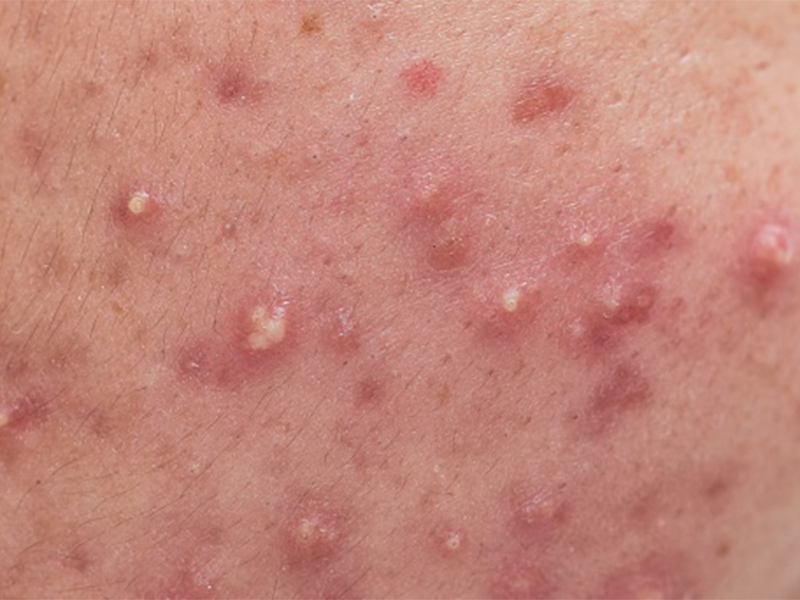Acneic skin can involve inflammation, comedones, excess sebum production and bacteria. Effective topical products for the treatment of acne must be designed with patient compliance in mind.
Topical Formulations Made for Patients – Acne Products
When developing topical products to treat acne, it is important to consider the disease presentation and etiology. Often primarily on the face (but also on the chest and back) acne involves varying degrees and combination of inflammation, open and closed comedones (whiteheads and blackheads), excess sebum production and bacteria, notably, Propionibacterium acnes1.
Excipients to consider for use on the face should be compatible with acneic skin and not worsen the condition by over drying, being comedogenic2 or cosmetically unappealing due to the residual skin look, feel or odor3. Topical therapies only work when used as directed. If a patient doesn’t like the product, they won’t use it and will not achieve treatment success.
Dow Development Laboratories – Formulas Designed for Treatment Success
References
- A. Tanghetti. “The Role of Inflammation in the Pathology of Acne,” J Clin Aesthet Dermatol. 2013 Sep; 6(9): 27 – 35.
- Piérard-Franchimont and G.E. Piérard. “Comedogesis,” Cosmetics: Controlled Efficacy Studies and Regulation, pp 268 – 274. Springer, Berlin, Heidelberg, 1999. doi: https://doi.org/10.1007/978-3-642-59869-2_23
- “How Sensory Properties are Driving Topical Drug Product Development.” December 8, 2020. Lubrizol.

